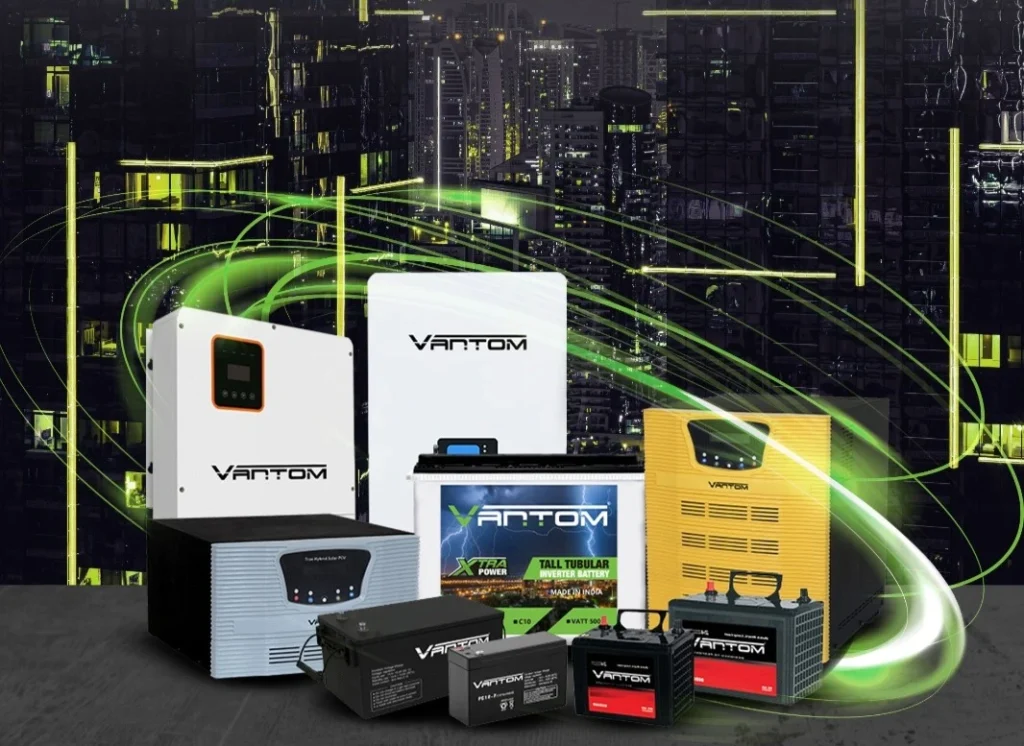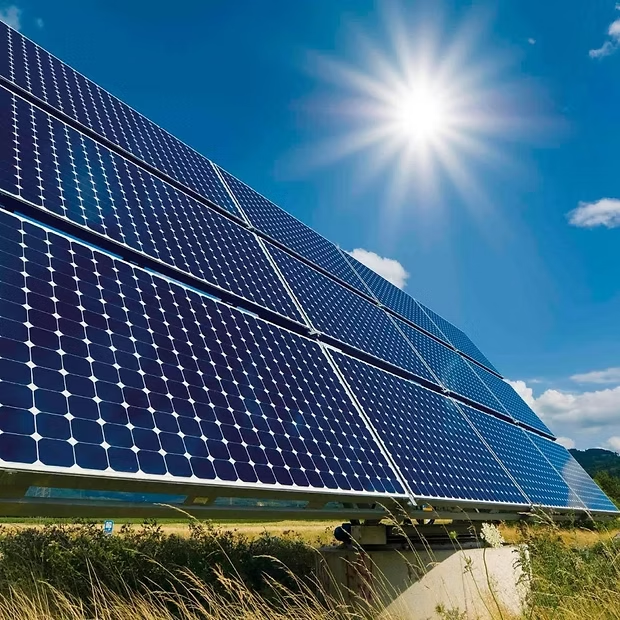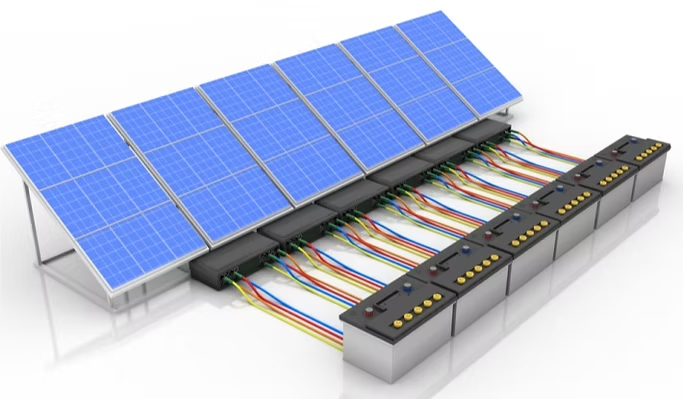

Do you know that a household typically consumes around 900 kWh of electricity per month? Switching to solar power is a significant step toward achieving energy independence and reducing your carbon footprint. However, optimizing your system’s efficiency is essential to get the most out of it.
Here are ten actionable tips to significantly Improve Solar Power Quality.

Your home’s latitude affects the ideal angle for solar panels. Generally, a tilt close to your latitude maximizes sunlight exposure. Adjusting your panels throughout the year can further enhance energy capture.
Hiring professionals ensures proper installation and optimal placement. Although DIY might save money upfront, it could lead to costly mistakes. Weigh the benefits carefully.

Dirt, dust, and other debris on solar panels can hinder their performance significantly. Even a small layer can cause a drop in energy production.
Cleaning your panels two to four times a year is usually sufficient. Consider more frequent
cleanings if you live in a dusty area or near trees. Use a soft brush or cloth and a mix of water
and mild soap.
While DIY panel cleaning can save you money, professional services can ensure a thorough job without risking damage. Calculate your costs and decide what works best for you.

Inspect your panels regularly for cracks, hot spots, or shading issues. Early detection can prevent bigger problems down the road.
Aim for at least a bi-annual inspection. Use a checklist that includes checking for physical
damage, alignment, and clean panels.
Qualified solar panel technicians can pinpoint issues you might overlook. Their expertise
ensures safe and effective maintenance.

The solar inverter converts energy from your panels into usable electricity. An efficient inverter enhances overall system performance.
Newer inverter models offer improved efficiency and monitoring capabilities. Look for options with features like smart grid compatibility.
While upgrades involve upfront costs, the long-term energy savings can outweigh them.
Examine your current inverter’s performance to determine if an upgrade is worth it.
Trees, buildings, or other structures can cast shadows on your panels, reducing their output. Identify potential shade sources around your home.
Consider trimming trees or using shade sails to prevent shading during peak sun hours. This can improve energy efficiency.
Smart devices can help manage shading, adjusting when necessary to optimize sunlight
exposure. Explore available options that can integrate with your existing system.

Familiarize yourself with your energy habits. Knowing peak usage times helps make adjustments that can save energy.
Switching to energy-efficient appliances, LED lighting, and smart HVAC systems reduces consumption. These changes complement your solar system effectively.
Smart home tech can monitor energy usage in real time. Use these insights to adjust your habits for better efficiency.

Battery storage systems allow you to use solar energy even when the sun isn’t shining. This supports energy independence and cuts peak energy costs.
Explore lithium-ion and lead-acid batteries, each with unique benefits. Consider your needs and budget when choosing a system.
While the initial cost can be high, battery storage often leads to significant long-term savings. Calculate potential savings based on your energy habits.

Better insulation reduces your overall energy needs, allowing your solar system to meet them more effectively. Improving insulation ensures that your home stays comfortable while using less energy.
Consider areas like attics and basements. Check for gaps and ensure your insulation meets current standards.
Adding insulation or sealing gaps can drastically improve energy efficiency. This is a worthwhile investment that can reduce your energy bills.
Assess your panel layout and shading. If shading is a concern, microinverters might be the better choice for optimal energy production.
Installation costs for microinverters can be higher, but the potential energy gains may justify the investment. Compare long-term benefits before deciding.

Monitoring tools provide valuable insights into your system’s performance. Real-time data helps you identify trends and potential issues quickly.
Regularly review performance data to spot anomalies. Early detection saves time and money on repairs.
Leverage performance data to inform upgrades or maintenance needs. Stay proactive to ensure your solar power system performs at its best.
Key takeaways: Regular maintenance, smart energy consumption, and timely system upgrades are crucial for maximizing the efficiency and longevity of your solar energy investment. By implementing these strategies, you can significantly reduce your energy bills, minimize your environmental impact, and enjoy the benefits of clean, renewable energy for years to come. Start today, and take your solar energy experience to the next level!